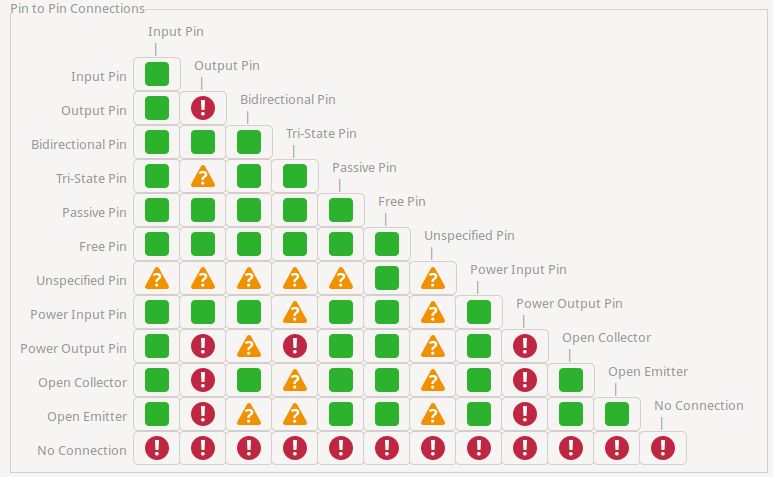The ERC on my schematic keeps on failing due to a Type 3 error (VDD pin of an IC not driven) despite the fact that it does receive power via a voltage regulator and an NPN transistor. See the schematic attached:
Pin #2 is configuread as a +9 V power input. The current flows from the +12 V source in the upper left corner (which is attached to a power flag and input connector) through the DC regulator (U1) and the transistor (which runs a capacity multiplier following an advice I received in this forum; Q1; type BC547C) to the IC (U2A).
Nevertheless, this construction fails in the ERC:
ErrType(3): Pin connected to some others pins but no pin to drive it @ (80.01 mm, 38.10 mm): Cmp #U2, Pin 2 (power_in) not driven (Net 50).
Why not? Is this because of the transistor, whose emitter is not regarded as a power output?
UPDATE: I do use power flags. See this screenshot:
A look into the library editor revealed that the C and E connectors of Q1 are configured as "passive". May this be the culprit?





